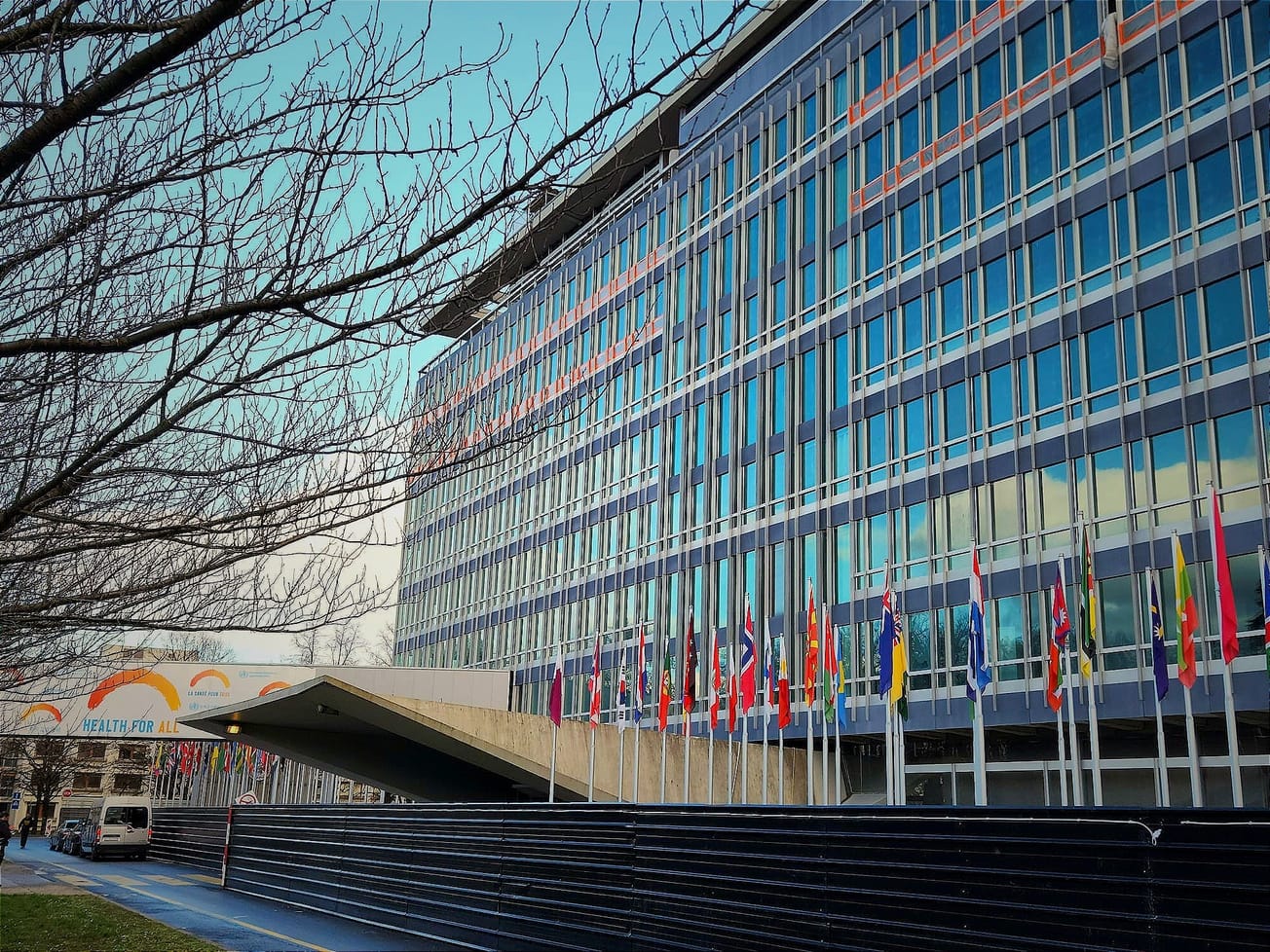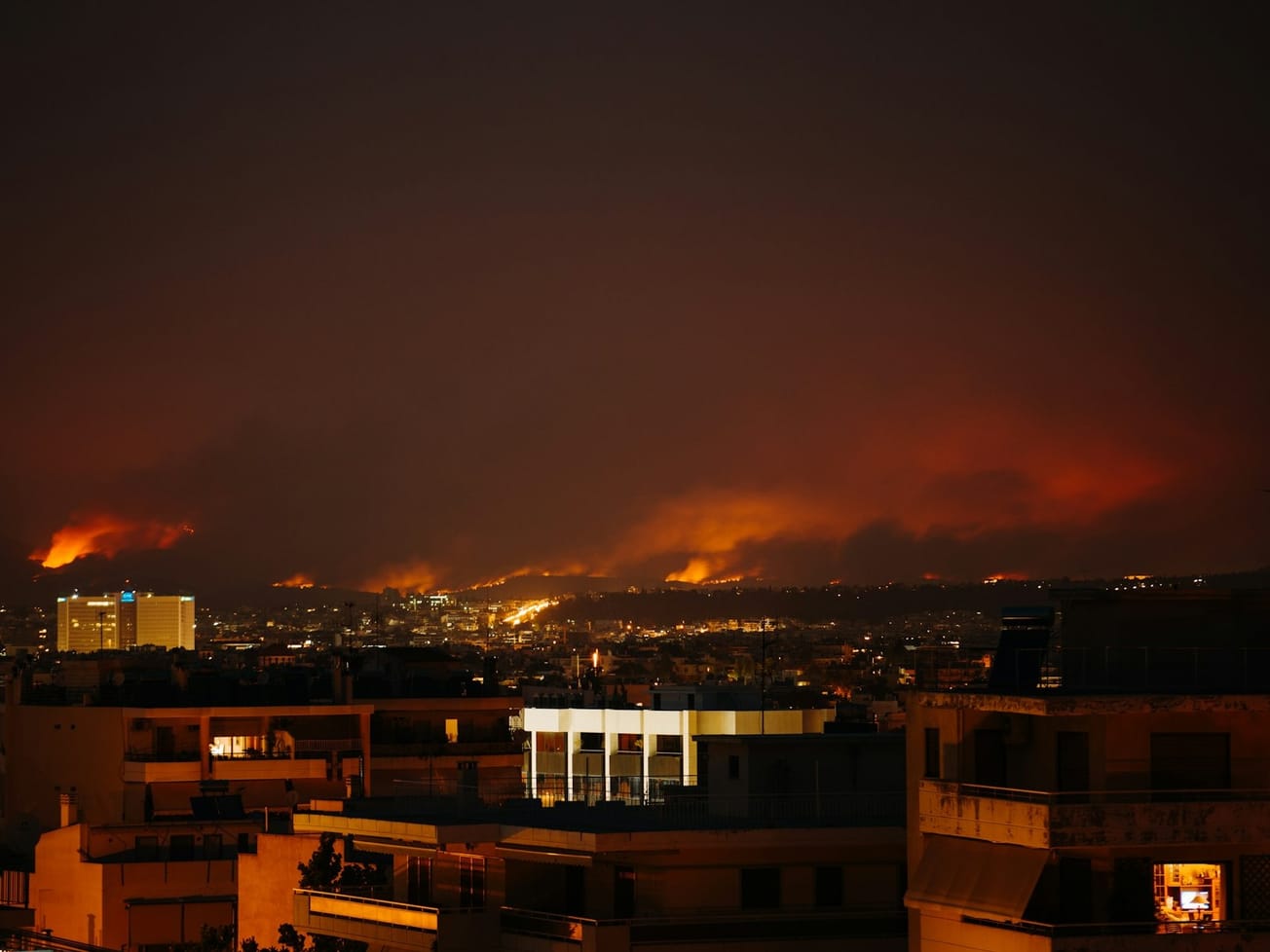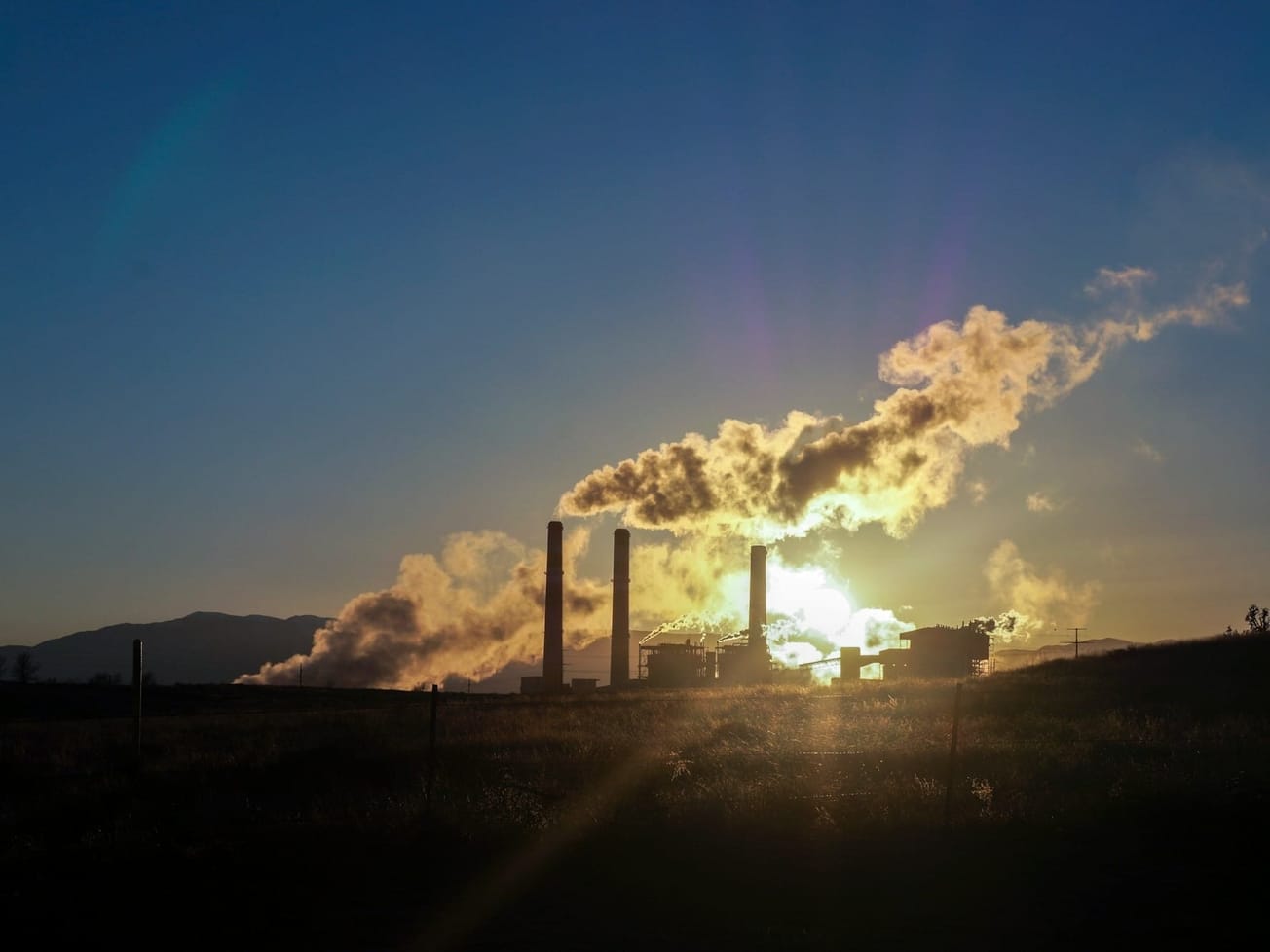NAIROBI (AN) – Amidst the wars in Gaza, Ukraine and Sudan, environmental ministers and delegates at the sixth session of the United Nations Environment Assembly in Nairobi agreed to support more environmental assistance and recovery in areas affected by armed conflict.
The measure was one of 15 resolutions, two decisions and a ministerial declaration adopted on Friday at the sixth session of the weeklong assembly known as UNEA-6, officials said. Armed conflicts often harm or destroy the environment, making local populations vulnerable to threats like loss of livelihoods, hunger, disease, pollution and lack of clean water.
Along with urging nations to comply with international laws, the conflict-focused resolution asks the U.N. Environment Program, or UNEP, to detail "areas affected by armed conflicts, and identify and develop technical guidance, including new and emerging practices, on the collection of data on environmental damage associated with armed conflicts."
Other resolutions dealt with the sound management of chemicals and waste, highly hazardous pesticides, environmental aspects of minerals and metals, and efforts to combat sand and dust storms.
“It very important that we can be able to address these issues right away even where we have casualties and deaths and terrible disasters or terrible conflicts,” Leila Benali, the assembly president, told a closing news conference.
Opposition from several nations in Africa, Latin America and the Pacific region forced the withdrawal of a Swiss-proposed resolution to create a U.N. expert group to assess the climate uses of controversial potential technologies for reflecting more sunlight away from Earth. It would have created an international repository of options for governments to examine.
Advocates of solar radiation modification, or solar geoengineering, say it should at least be considered part of the toolkit for reducing the dangerous effects of climate change, specially when nations aren't making carbon pollution cuts fast enough. Opponents call that a misguided approach.
“Solar geoengineering is a dangerous techno-fix brought by researchers and powerful actors in the same Northern countries that have caused climate change: it's about adding more pollution to an overpolluted world," said Silvia Ribeiro, Latin American director of Montréal-based ETC Group.
Nearly 7,000 delegates, including heads of states, ministers of environment, members of civil society and other leaders from 182 U.N. member nations attended the assembly in the Kenyan capital. It focused on strengthening environmental multilateralism to tackle the triple planetary crises of climate change, nature loss and pollution.
“What we find very inspiring and very important in this UNEA is that we addressed in the resolutions some of the silent killers in our environment like sand storms and air pollution as well,” said Benali, Morocco’s minister of energy transition and sustainable development.
Benali told the assembly's high-level opening that many of the world's natural areas have reached the point of no return and 3.2 billion people, or 40% of the population, live in places suffering from degraded ecosystems.
The biennial gathering, representing all of the United Nations' 193 member nations, is the world’s highest environmental decision-making body. Inger Andersen, executive director of Nairobi-based UNEP, described all of the resolutions that were adopted by the assembly as significant.
Hazardous pesticides usage is "clearly a concern and is really something that we need to get a handle on. Exploitation of metals and minerals is really a big issue and will quadruple," she said. Sometimes a resolution "will not immediately translate into national law and regulations," she added, but "we have faith the resolution will translate into action.”
Earlier she told the assembly that environmental crises facing the globe are spreading and intensifying, with the “warning lights on the planetary dashboard glowing red hot" from the climate emergency facing humanity.
“We are living in an age of a planet and people poisoned by chemicals, by plastic, by waste and pollution of all kinds,” Andersen said. “Our high carbon, resource-hungry growth has sent some planetary systems teetering to the edge of tipping points. Once these systems fall, they may never rise again and humanity will find itself floored.”
Overcoming 'pervasive distrust, skepticism and disengagement'
Kenya’s President William Samoei Ruto stressed in an address on Thursday there is an urgent demand for transformative global cooperation, and he warned that the existing multilateral frameworks, most of which were shaped by the aftermath of World War II, are not up to the task.
“It is imperative for us to confront this truth with honesty, and rectify glaring deficiencies which impede effective multilateralism,” said Ruto.
"If we fail in this critical endeavor," he said, "multilateralism in its present state might falter, struggle and collapse in the face of dire global crises, overwhelmed by pervasive distrust, skepticism and disengagement.”
Kenya is addressing problems in a cross-sector approach that focuses on energy and pollution, forest conservation, critical landscape restoration, agriculture and food systems, and nature and biodiversity, according to the leader.
“The aim is to proactively reverse the impact of climate change and promote the resilience of our people and economy,” he said.
A report on waste management launched at the assembly laid bare the extent of the damage caused by municipal waste.
UNEP's Global Waste Management Outlook report, titled "Beyond an age of waste: Turning rubbish into a resource," predicts that solid waste will grow to 3.8 billion metric tons by 2050, up from 2.3 billion metric tons in 2023.
The direct cost of waste management in 2020 was about US$252 Billion, according to the report, which urges drastic reduction of waste generation to curb pollution.
Civil society groups earlier called for a binding agreement to address the menace of plastic waste from source to sea, and for the endorsement and implementation of an international "nonproliferation" treaty to insist on phasing out fossil fuel use and mandating the greater adoption of renewable energy.
“Plastics are fossil fuels, and the plastics treaty was a good start," said Ashly Kitisya, a young lawyer who is a fossil free campaigner for Africa. "Now we look forward to more countries joining the call for a fossil fuel nonproliferation treaty."
The original draft called for a way to collect what is known about such techniques; creating an international repository; and have experts review that information. After a few days of negotiations, it ended up only asking that UNEP prepare options for a transparent, publicly available registry of information on who-is-doing-what on SRM.
Yesterday, in the last minute, even that reduced draft resolution did not get acceptance. This was a missed opportunity, one that will have negative impacts for the coming years – whether one is against or for SRM.
First, at a time when the world is heading into an increasingly likely, and potentially long period of temperature overshoot, and when different state and non-state actors are engaged in a range of SRM activities without the appropriate regulatory oversight, and often with no transparency, having impartial information from a trusted source on what is happening would have been very much needed.
Second, having such information available would have been an important input into discussions that governments as well as non-state actors really must have to enable them to make evidence-based decisions sooner or later whether to reject SRM, or accept SRM as part of the necessary response strategies to a prolonged overshoot situation.
Third, if UNEA /UNEP – the principal UN institution that is supposed to bring to the attention of governments emerging issues that have impacts on the environment - cannot get a mandate from governments to do this on emerging techniques like SRM, then this actually makes it more difficult for UNEA/UNEP to fulfil its fundamental mandate and thereby it weakens this key multilateral institution – at a time when in fact it needs to be strengthened.
Fourth, addressing issues of SRM are not about “normalizing” this technique, as some claim. It is simply about creating the evidence-base for governments to eventually make decisions on whether or not to make use of SRM to complement the priority emission reductions they must do, and to assess the risk sand other implications of making use of SRM versus not doing so. We know from inter alia the IPCC that there is a governance gap around SRM, in that whatever governance is there, it is neither robust nor comprehensive. The information that would have come from the proposed registry would have perhaps helped to better understand that gap. Putting one’s head in the sand and assuming that this issue does not exist is no way to deal with planetary resilience.
The international community has failed yesterday on this issue. It was a missed opportunity. I hope one way or another in UNEA/UNEP or elsewhere this issue can be revisited – and soon.
This story has been updated with additional details.








